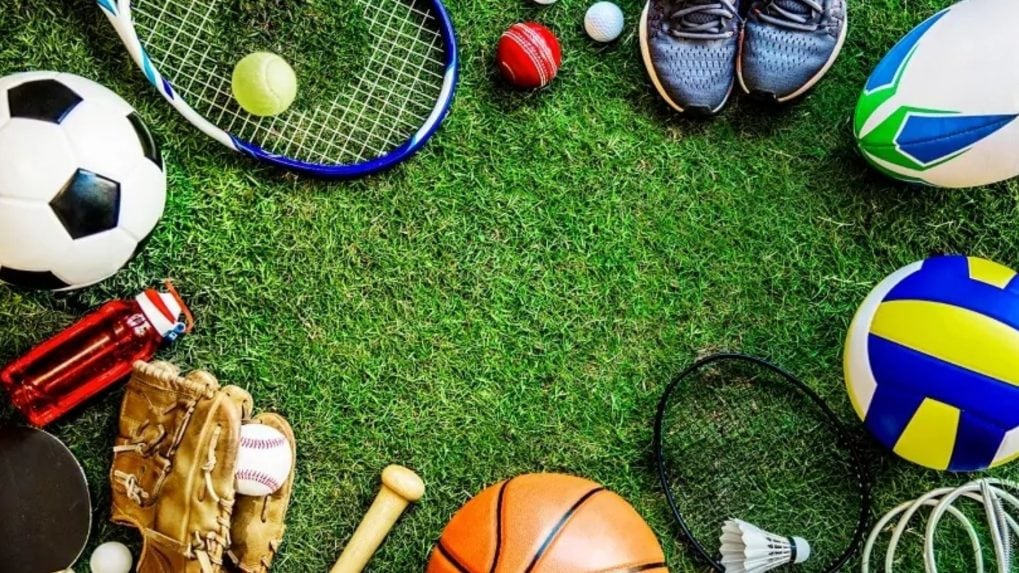Digital
Why OpenAI is hiring 100 ex-bankers: Inside the ChatGPT-maker's secret project to automate Wall Street's grunt work

The era when athletes existed solely as faces on billboards or campaign taglines is rapidly disappearing. In a recent blog for WPP iQ, Misha Sher, Global Head of Sport, Entertainment & Culture at WPP Media, argues that athletes have become some of the most powerful cultural forces shaping global conversations, stretching across fashion, technology, media, activism and entrepreneurship.
Sher wrote that the role of the modern athlete is undergoing “a structural redefinition of how culture moves,” stressing that today’s athletes are no longer merely sports professionals but creators, investors, storytellers and community architects.
He added that brands that still treat athletes as transactional amplifiers of marketing messages are being left behind. Instead, the most culturally impactful work today is built around co-creation, shared ownership and narrative depth.
Athletes as Owners, Not Endorsers
Sher notes that the historical model, pay for visibility and buy influence, is “over.”
Elite athletes now behave like entrepreneurs, taking equity stakes, building venture portfolios, launching content studios and developing long-term IP.
This shift fundamentally changes the relationship brands must cultivate.
When athletes have skin in the game, Sher explained, “they bring deeper authenticity, greater ambition and long-term commitment” and partnerships gain emotional depth that traditional deal structures lack.
For brands, that means the era of renting reach is dead. The winners are those who integrate athletes as strategic partners, not spokespeople.
From Campaigns to Cultural Collaboration
Athletes no longer wait for the media. They are the media.
With booming YouTube channels, podcasts, documentaries and production arms, they control not only audience access but also tone, aesthetic and storytelling language.
Sher highlighted that work built for an athlete reads like advertising, but work built with an athlete feels like culture and audiences can immediately tell the difference.
This shift demands flexibility from brands, embedding into the athlete’s creative universe rather than forcing a fixed corporate narrative.
The most powerful athlete-led campaigns today are not about showcasing features or products but emotional journeys, stories of ambition, adversity and identity.
Sher pointed to women’s sport as the clearest example, calling it “one of the most powerful storytelling engines anywhere in culture”, where community and authenticity outperform traditional ad metrics.
Increasingly, athletes are not only heroes in these stories but authors, shaping visual language, creative tone and aesthetic codes that brands must respect if they want relevance.
From Delhi’s sharp-tongued lyricists to Chennai’s bilingual innovators and North-East India’s experimental beatmakers, Rap 91 LIVE’s lineup was a sonic map of the country’s cultural diversity.
Read MoreAs WPP reels from revenue declines and vows sweeping restructuring, Publicis and Havas ride strong AI-led client demand. With Omnicom and IPG on the cusp of a historic merger, the global advertising landscape braces for a power realignment built on data, technology, and efficiency.